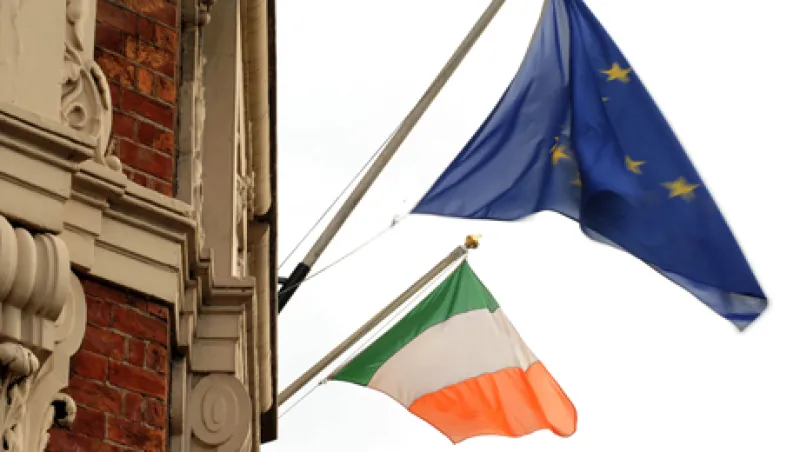
EU Needs Ireland As Much As Ireland Needs EU
Ireland will need more EU help before it can declare its crisis over. Fortunately for Ireland, the EU needs its best pupil to succeed.
David Turner
July 27, 2012


